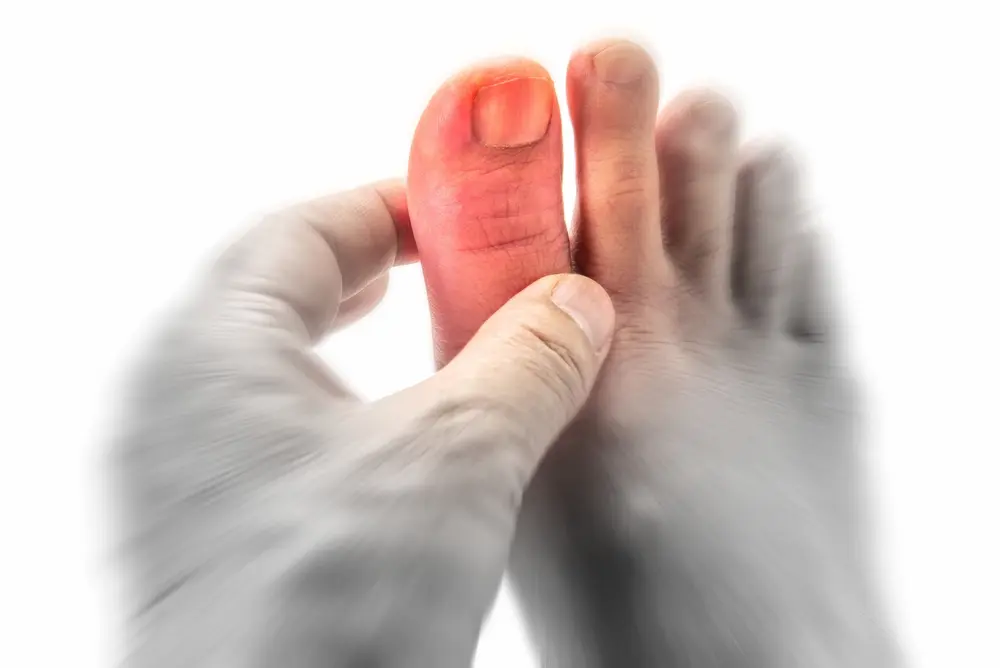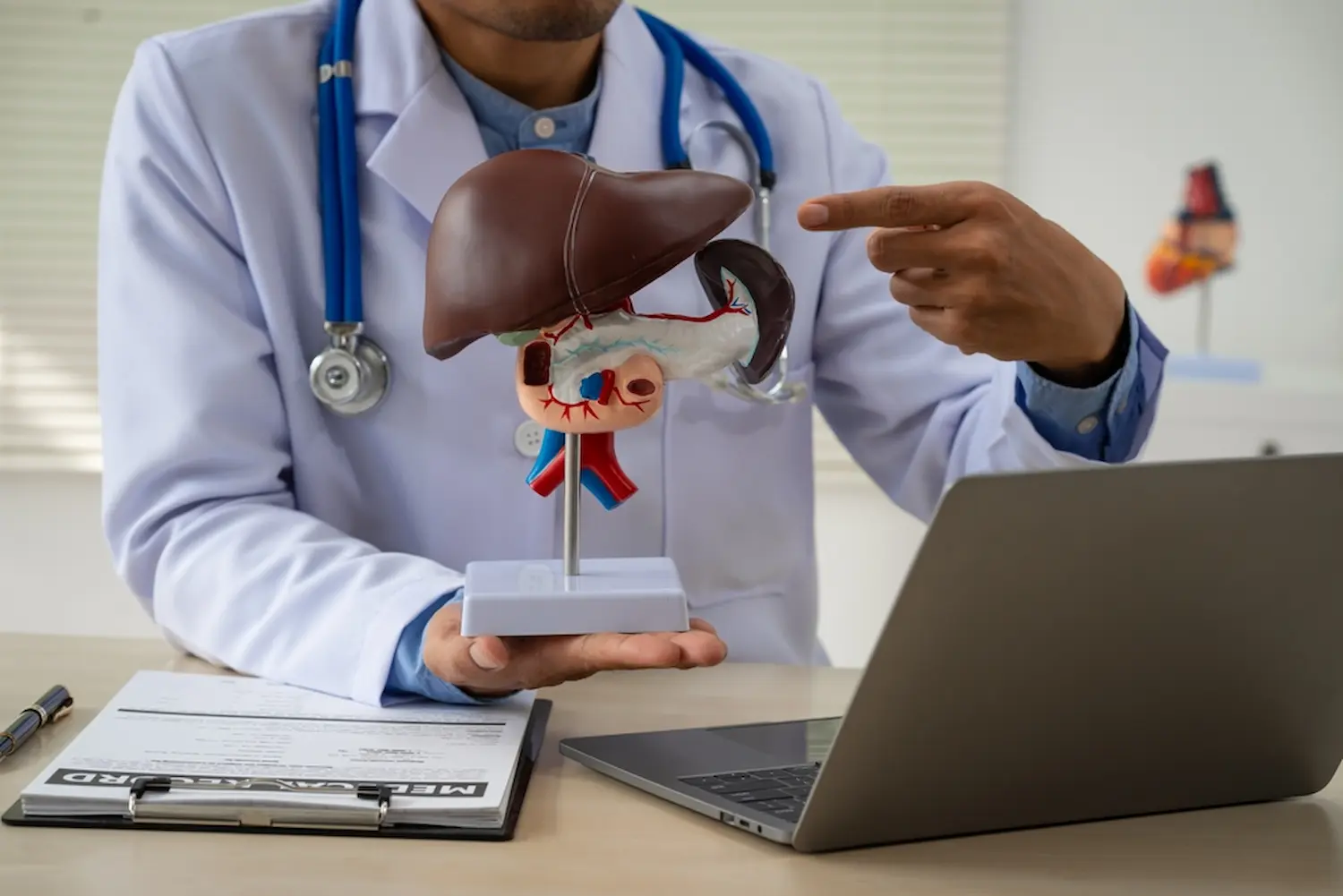
Vascular Ehlers-Danlos Syndrome (VEDS) is a rare and severe form of Ehlers-Danlos Syndrome. It affects the body’s connective tissues and is primarily characterized by fragile blood vessels, skin, and internal organs. People with VEDS are at high risk for severe injuries and internal bleeding. VEDS is a lifelong disease, but the complications are often treatable.

Ehlers-Danlos Syndrome (EDS) is a group of genetic disorders that affect the connective tissues in the body. These tissues provide strength and flexibility to skin, bones, blood vessels, and other organs. There are 13 types of EDS, each with distinct features and genetic causes.
Vascular Ehlers-Danlos Syndrome is type IV EDS. It is very rare and severe. Unlike other forms of EDS, which might primarily affect the joints and skin, VEDS is marked by the fragility of blood vessels and internal organs that can lead to serious and potentially life-threatening complications.
Overall, EDS is rare and affects about 1 in 5,000 people. The vascular type is rarer, with only 1 in 200,000 to 250,000 people. VEDS syndrome is quite similar to Marfan syndrome as they both affect soft connective tissue.
Vascular Ehlers-Danlos Syndrome is a genetic disorder caused by mutations in the COL3A1 gene, which is critical for producing type III collagen. This type of collagen is a major structural component of the blood vessels, hollow organs, and skin. When a defect in COL3A1 occurs, the strength and integrity of blood vessels and organ tissues are significantly compromised.
The mutation in the COL3A1 gene is usually inherited in an autosomal dominant pattern, which means that receiving the mutated gene from just one parent can cause the condition. However, there are also cases where the mutation occurs spontaneously, with no family history of the disorder.
Given the severity and rarity of VEDS, it is important for those diagnosed with this condition or those who have a family history of VEDS to undergo genetic testing and receive regular monitoring by medical professionals. This allows for better management of the condition and helps mitigate the risks associated with its complications
Vascular Ehlers-Danlos Syndrome presents a unique set of signs and symptoms that primarily affect the structural integrity of blood vessels, skin, and internal organs. The severity and specific manifestations can vary from person to person, but commonly include:

The diagnosis of VEDS typically begins with a review of the patient's medical history and a physical examination, focusing on symptoms like unusual bruising or thin, translucent skin. Genetic testing is essential, as it can confirm mutations in the COL3A1 gene, which is indicative of VEDS. Imaging studies like ultrasounds or CT scans may also be used to assess the integrity of blood vessels and the condition of internal organs. Early diagnosis is critical as it allows for timely interventions and better management of the risks associated with the syndrome.
VEDS is currently not curable, but effective management strategies can greatly improve quality of life and reduce the risk of life-threatening complications. Treatment focuses on preventing injuries and managing symptoms through a blend of lifestyle adjustments and medical interventions.
Commonly prescribed medications include blood pressure-lowering drugs such as beta-blockers and ACE inhibitors, which help reduce stress on fragile blood vessels. For pain management due to joint or skin issues, over-the-counter pain relievers may be recommended, though they should be used cautiously and under medical supervision.
While medications can be effective in managing some of the symptoms of VEDS, they are not without risks. Blood pressure medications can cause side effects like fatigue, dizziness, or gastrointestinal issues. There's also the risk of adverse reactions if these medications interact with other treatments or over-the-counter drugs.
Managing VEDS involves careful monitoring of your personal health and adapting your lifestyle to minimize risks:
Living with vascular Ehlers-Danlos Syndrome (VEDS) can be challenging due to its serious and potentially life-threatening complications. However, there is reason for hope. Advances in medical research and treatment options continue to improve the outlook for those affected by this condition.
One of the most promising developments is Zevra's Edsivo, a new medication designed to strengthen the connective tissues affected by VEDS. While still under review and subject to ongoing clinical trials, Edsivo represents a significant step forward in managing VEDS symptoms and complications.


